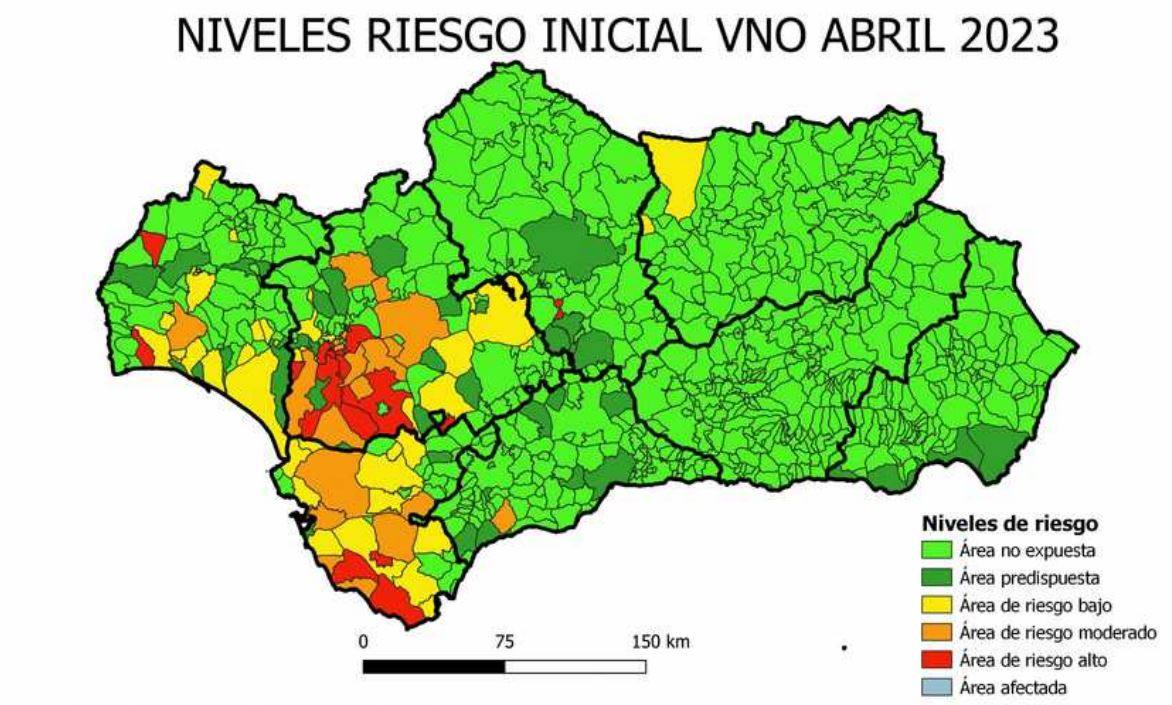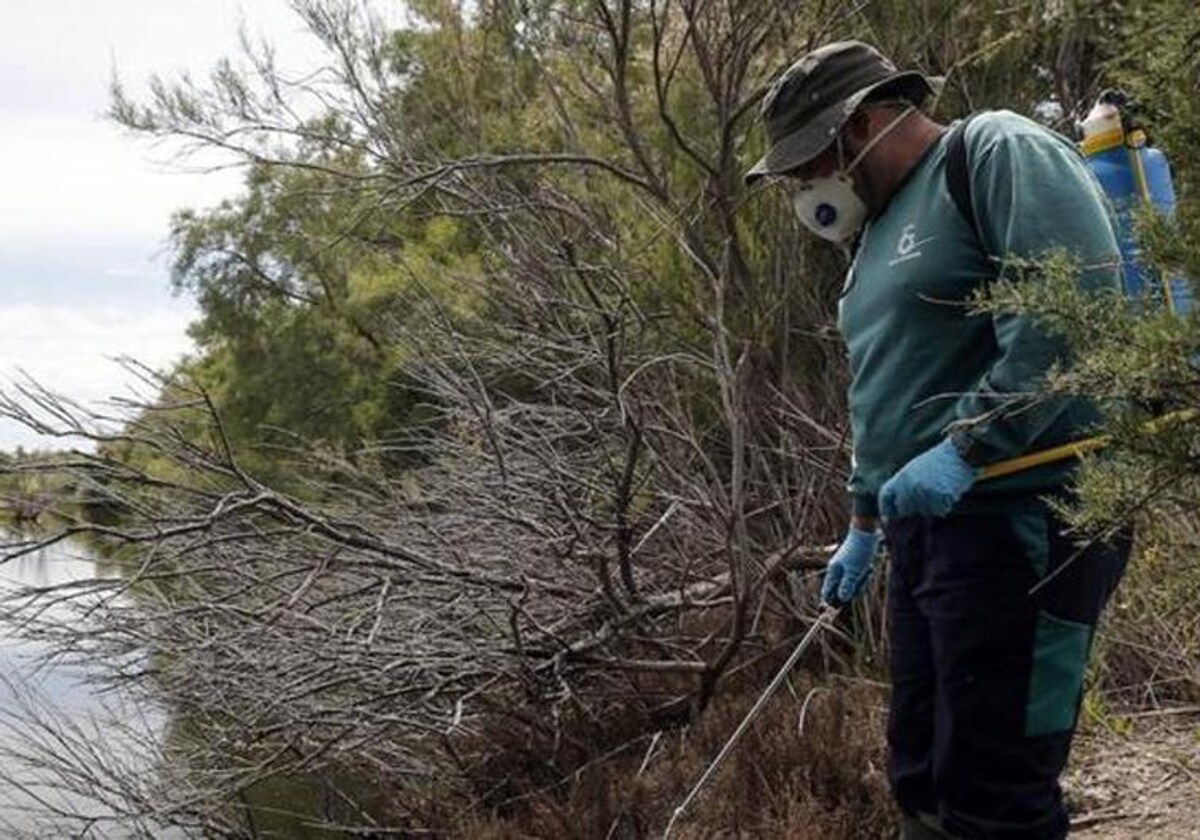Junta to carry out mosquito numbers monitoring across Andalucía to prevent spread of West Nile fever virus
Risk levels have been determined for 110 municipalities throughout Andalucía, including eight in the province of Malaga
Rossel Aparicio
Malaga
Miércoles, 10 de mayo 2023
Mosquito monitoring will be carried out in 110 municipalities throughout the Andalucía region this year - eight of them in the Malaga province - in a bid to prevent the spread of the West Nile fever virus.
The Junta de Andalucía updated the disease's Vector Surveillance and Control Programme for the 2023 season following advice from the Ministry of Health about the different risk levels throughout the south of Spain.
About 1 in 5 people who are infected from the mosquito-borne virus develop a fever along with other symptoms such as headache, body aches, joint pains, vomiting, diarrhea, or rash. Most people recover completely, but fatigue and weakness can last for weeks or months.
The risk level (NR) in Andalucía ranges from the least serious, which is 0, to 5, the most serious. Of the 110 municipalities under the microscope this year, 39 are at NR 1, 35 have a risk level of 2, while 21 have a risk level of 3 and 15 have a risk level of 4. The rest of the Andalucian municipalities are at risk level 0.
Of the eight municipalities in Malaga, seven of them are at alert Level 1, which means that they are areas the Junta considers "predisposed" to the presence of mosquitoes: Malaga city, Archidona, Campillos, Cártama, Casares, Estepona and Fuente de Piedra. Behanavís is at moderate risk Level 3.

Actions by risk zones
The actions to be taken in each municipality will vary depending on what the risk level for that area is.
At Level 1, among other measures, "communication and information to the public, as well as surveillance work on both humans and animals", the Junta said.
In Level 2, "surveillance of the presence of larvae/adults in urban areas and busy rural areas, as well as other actions".
At Level 3, "diagnosis is intensified, especially at distances of less than 1.5 kilometres from urban centres and in busy rural areas. Active surveillance is also carried out in equines, wild birds or equine holdings, where appropriate".
Finally, at level 4, active human surveillance is followed, in addition to the participation of a technical committee to study the situation, among other actions.
